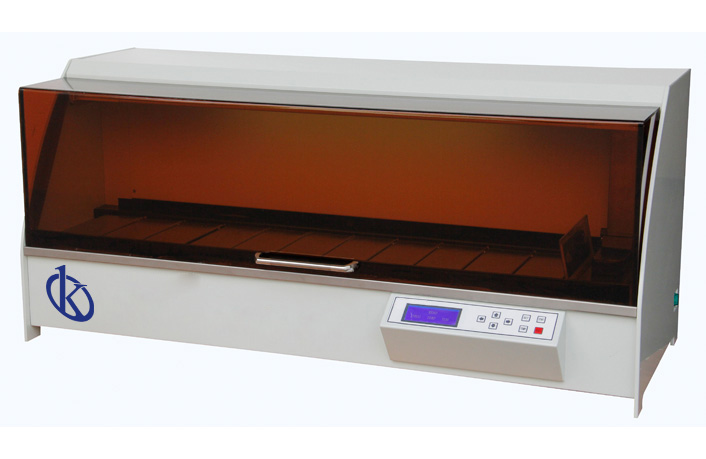Tissue inclusion systems are a useful tool in the practice of anatomic pathology, helping healthcare professionals to automate and optimize tissue collection procedures for medical examinations. These systems are especially useful for those procedures where tissue sampling for visualization of pathological processes is of utmost importance. The use of tissue inclusion systems improves the quality of anatomic pathology results and facilitates the collection of vital clinical information. This information is essential for physicians who depend on their reports to make therapeutic decisions.
If you wish to purchase any of the different YR models of tissue inclusion centers or service consultants we can offer you through our online channels and at the best PRICE in the market, also if you want to know the catalog of high-end products that we have for you in KALSTEIN visit us HERE we assure you that through our online purchasing channels that are very easy and viable from anywhere in the world, remembering that we are a manufacturer of laboratory equipment of high level purchase and sale.
Advantages of Tissue Embedding Systems
Tissue embedding systems have many advantages. First, the use of tissue embedding systems allows for smoother collection and processing of tissues during procedures, helping pathologists and other healthcare professionals to obtain accurate diagnostic results. In addition, tissue inclusion systems help ensure that procedures are performed correctly, every time, by allowing tissues to be placed in containers and labeled correctly prior to examination. This allows clinicians to have confidence that tissues will be processed uniformly and with ease.
Tissue inclusion systems also facilitate the efficiency and quality of laboratory testing. These systems are designed to allow for safe and standardized processing of collected tissues. They allow tissues to be properly collected and securely stored, which ensures that test results are accurate and consistent. This allows clinicians to obtain reliable results for decision making. Finally, tissue embedding systems also allow quick access to test results, which aids in the processing and diagnostic process.
Application of tissue inclusion systems
Tissue inclusion systems are an invaluable tool in the field of anatomic pathology. These systems help clinicians collect and process tissues efficiently and safely. This, in turn, allows laboratory procedures to be performed with precision and reliable results for therapeutic decision-making. In addition, tissue inclusion systems also allow rapid access to test results for standardized processing and diagnosis. Ultimately, they are an invaluable tool in the practice of anatomic pathology.
The application of tissue inclusion systems in anatomic pathology enables disease-specific diagnosis, providing pathologists with the information they need for correct treatment. These systems are characterized by providing tissue inclusion in materials designed to protect the tissue from desiccation, thus allowing the preservation of individual tissues for accurate and reliable diagnoses. In addition, they also offer a high capacity for pattern detection and the evaluation and diagnosis of samples, helping to minimize variations in the quality of the result.

